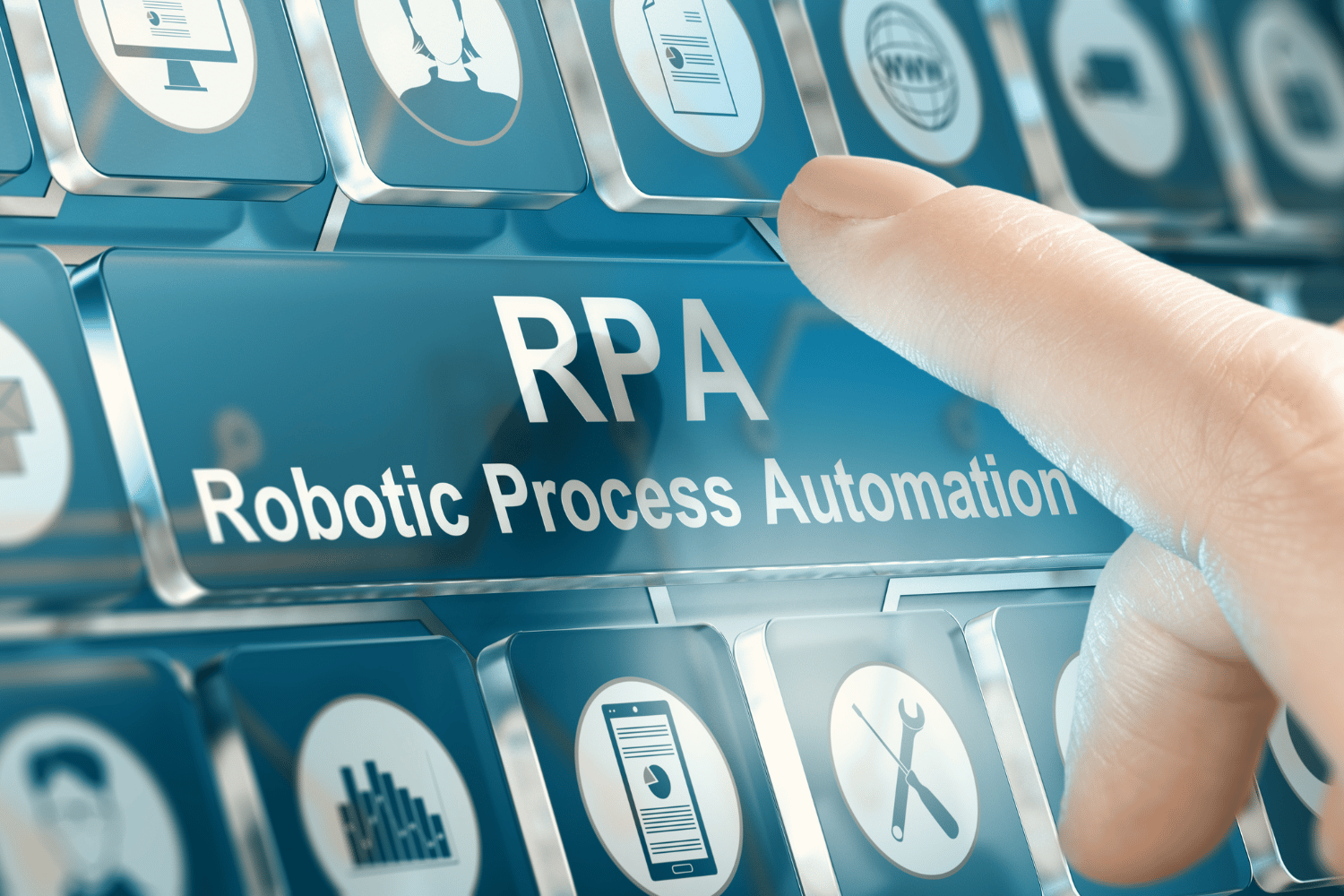In the digital age, organizations are constantly seeking ways to enhance operational efficiency and reduce costs. The integration of Robotic Process Automation (RPA) with task mining creates a powerful synergy that can transform business operations. By leveraging business automation solutions like RPA and task mining tools, companies can increase efficiency, optimize processes, and achieve significant financial results.
What is RPA and How Does It Work?
RPA involves using software robots to automate rule-based, repetitive tasks across various applications. This technology mimics human interactions with digital systems, performing tasks faster and with fewer errors.
Key Benefits of RPA
- Increased speed and accuracy in performing repetitive tasks
- Cost reduction through automation of processes
- Improved compliance with regulatory requirements
- Scalability to support business growth
These benefits make RPA an attractive solution for businesses aiming to streamline operations and cut costs.
Introducing Task Mining: The Perfect Companion to RPA
Task mining is the process of capturing user interactions to discover how tasks are performed in real-time. It provides detailed insights that help organizations understand current workflows and identify opportunities for automation.
Why Pair Task Mining with RPA?
- Better automation targeting: Task mining allows businesses to accurately identify processes for automation.
- Enhanced process visibility: Data from task mining offers a detailed view of current workflows.
- Informed decision-making: Task mining provides clear insights for process improvements.
- Continuous optimization: Ongoing enhancement of workflows based on insights gathered.
Task mining serves as the diagnostic tool that guides successful RPA implementation.
The Integration Framework
- Process Discovery: Use task mining tools to map workflows.
- Analysis and Prioritization: Identify high-impact processes suitable for RPA.
- RPA Development and Testing: Build bots tailored to the discovered processes.
- Deployment and Monitoring: Launch bots and continuously track their performance.
Following a structured approach ensures successful integration and scalability.
Best Practices for Effective Implementation
- Start with pilot projects
- Engage stakeholders early
- Invest in training and change management
- Monitor results and iterate
These practices help businesses maximize ROI from combining RPA and task mining.
Real Business Impacts
| Business Area | Improvement |
| Processing Time | -60% |
| Error Rate | -80% |
| Operational Cost | -40% |
| Customer Response Time | +50% |
Organizations across industries have reported significant performance improvements after integration.
Integration Pitfalls and Solutions
- Data Silos: Ensure access to all relevant systems.
- Lack of Expertise: Partner with experienced vendors.
- Change Resistance: Promote transparency and highlight benefits.
Addressing these challenges is crucial for a smooth transition to automated workflows.
Conclusion
Combining RPA with task mining is more than just a technical upgrade—it’s a strategic shift. It empowers businesses to optimize processes, enhance productivity, and stay ahead in a competitive market.













